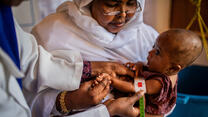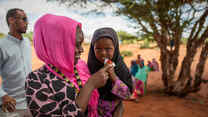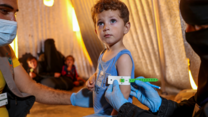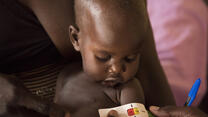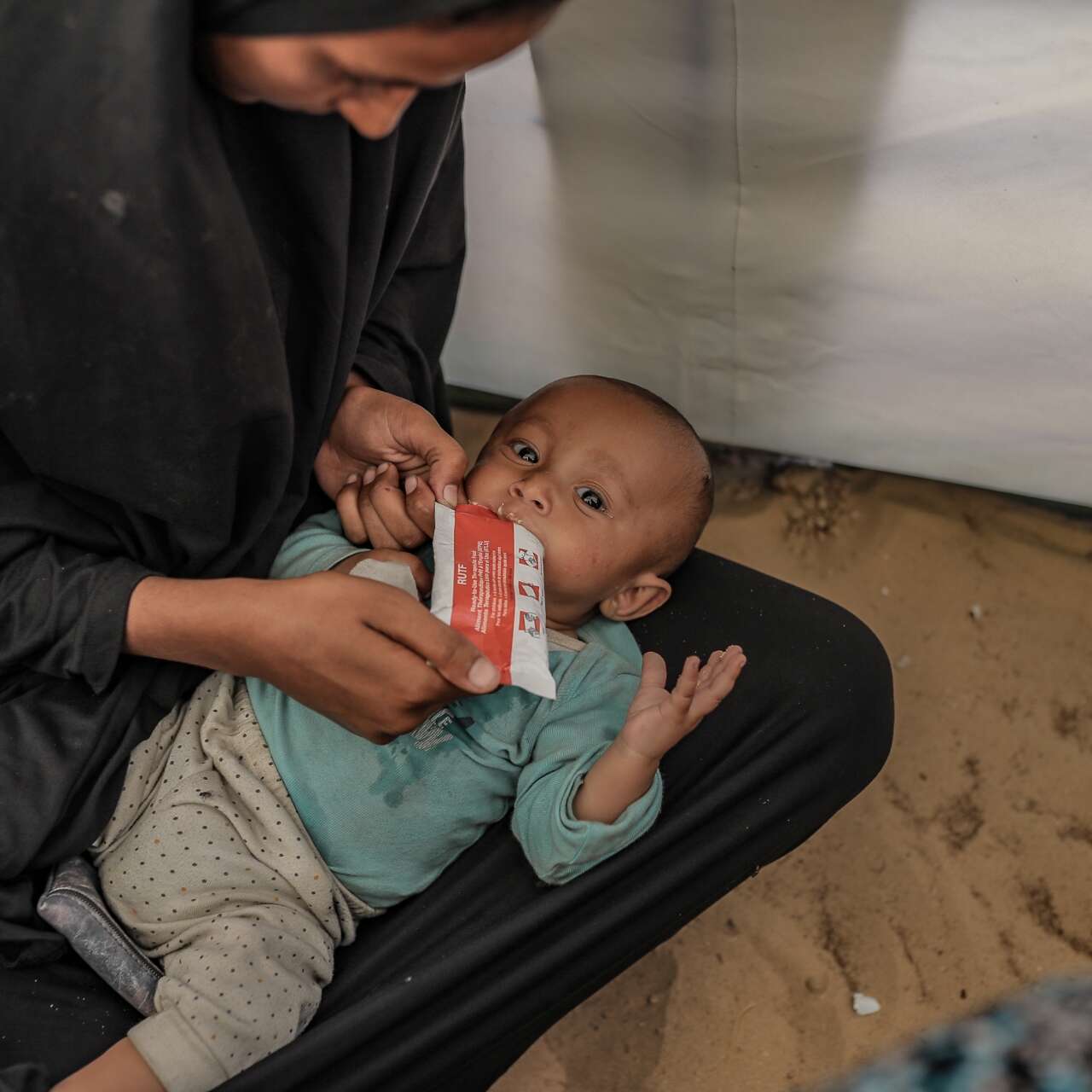
Famine is one of the most severe consequences of humanitarian crises, but it is also one of the most preventable. With early action and the right support, famine can be stopped in its tracks, saving countless lives.
But what exactly is famine? What causes it, and—most importantly—how can we prevent it before it’s too late?
What is the definition of ‘famine’?
Famine refers to a severe, widespread shortage of food that leads to malnutrition, starvation and death. It is the most extreme form of hunger crisis, as defined by the IPC food insecurity scale.
When is a famine declared?
Famine is the most extreme level of food insecurity. It is only declared when the following conditions are met:
1) 1 in 5 households in a certain area face extreme food shortages; and
2) more than 30% of the population of a given area is acutely malnourished; and
3) at least two of every 10,000 people die from starvation each day.
By the time a famine is declared, it’s already too late: children and their families are already dying of hunger. In order to prevent famine from taking root, early action in the form of food and cash assistance is needed to support families as food insecurity rises.
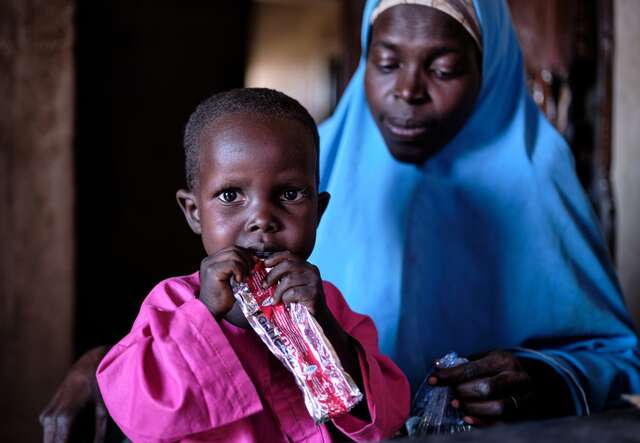
What causes famine?
Famines are predictable and preventable. One of the main causes of famine is a failure to act early, before hunger reaches catastrophic levels. Other key causes of famine and food shortages include:
Lack of sufficient humanitarian aid
Famines are preventable through a coordinated response by aid organizations, governments and international entities. Adequate funding and sustained access to deliver assistance are essential. Humanitarian aid is a lifeline—without it, famine can take hold.
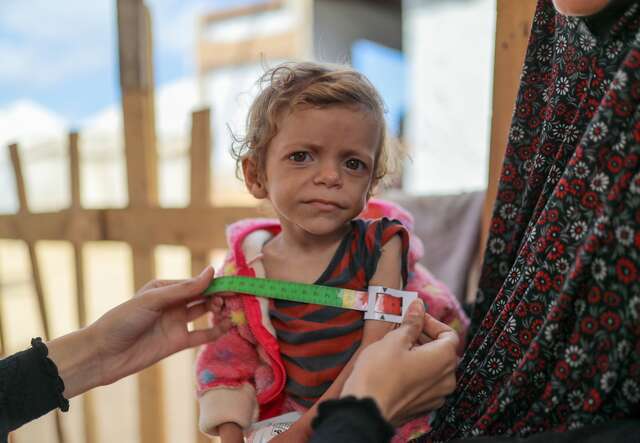
Natural disasters and climate change
Climate change devastates agriculture and increases the likelihood and severity of slow-onset disasters like drought. In 2023, East Africa experienced five failed rainy seasons, affecting agriculture and triggering widespread hunger and increasing the risk of famine.
Conflicts and violence
Conflict is a leading cause of famine worldwide. Conflict displaces families, blocks food supplies and disrupts markets—making the risk of famine more likely.
Soaring food prices and economic crises
Rising food prices make basic staples unaffordable for families already in crisis. In Sudan, food prices spiked in early 2024—shortly before famine conditions were reported in parts of North Darfur.
Climate change, conflict, and economic distress often converge in countries facing the worst hunger crises. Although they represent just 11% of the world’s population, the 20 countries the IRC identifies as most at risk of humanitarian disaster account for 71% of global crisis-level food insecurity.
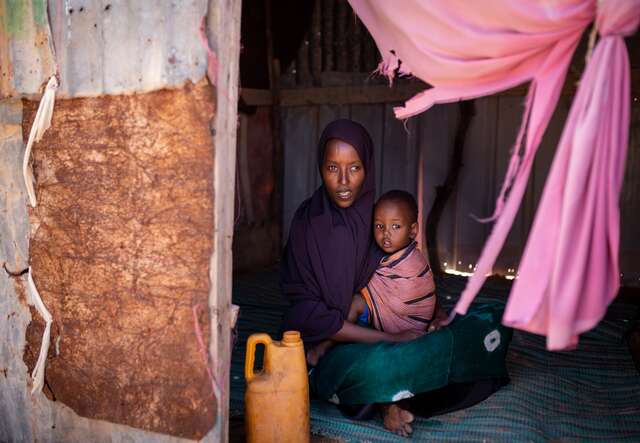
What are the impacts of famine?
Famine is the most extreme form of hunger, and its consequences are devastating. It leads to death, long-term health problems, and social and political instability.
Children are at high risk
Children are the most vulnerable during a famine. Acute malnutrition is particularly dangerous for infants and young children, and increases their chances of dying from preventable diseases.
The children who survive face lifelong consequences to their health.
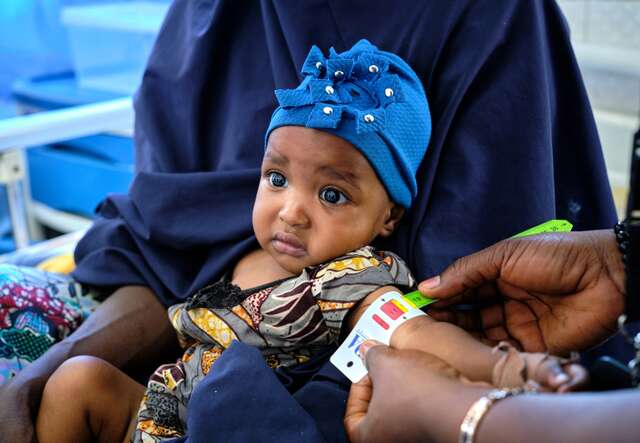
Famine drives instability
Food insecurity and famine increase displacement, stoke the flames of conflict and increase political instability.
How can we prevent famine?
In the twenty-first century, famines are predictable and preventable. They are caused by inaction—by the failure to deliver aid or prevent the conditions that create extreme hunger. Today, with the right funding, access and political will, aid organizations can prevent famine before it’s officially declared.
Here’s how:
Scaling up malnutrition treatment
We must take immediate action to prevent children from dying of hunger. Treatment for acute malnutrition is highly effective, and new innovations in how we diagnose and treat children are making it even more scalable and cost-effective.
Read more about the IRC’s innovative approach to treating malnutrition.
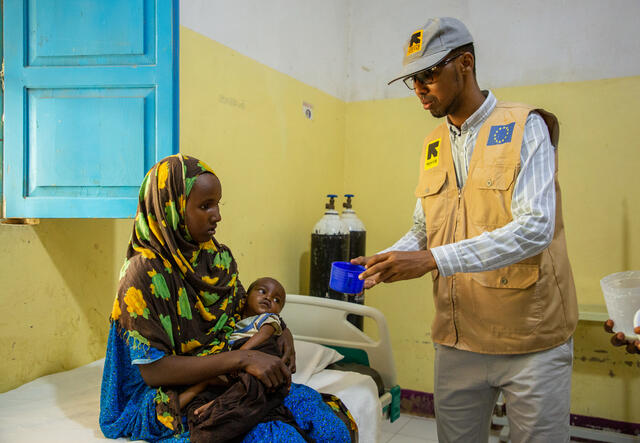
Delivering cash assistance
Cash assistance is an effective form of humanitarian aid that allows families to meet their basic needs with dignity, and support local markets in the process. Families can use the cash assistance that they receive from organizations like the IRC to feed their children.
Donate to fight famine
Your support can save lives. The International Rescue Committee (IRC) delivers critical hunger and malnutrition services to children and families on the brink of famine. But as global aid is cut, lifesaving programs are at risk.
Donate today to help us reach people in crisis with the food, care and support they need—before it's too late.
What is the IRC?
The IRC is on the ground in more than 40 countries, responding to the world’s most urgent humanitarian crises, including in Sudan, Ukraine and the occupied Palestinian territory. We also help refugees and displaced people find safety and rebuild their lives by resettling and integrating into new communities in the U.S. and across Europe.
Founded at the call of Albert Einstein over 90 years ago, the IRC remains dedicated to helping people affected by crises to survive, recover and rebuild their lives. We consistently earn top marks by charity watchdog groups for our efficient use of donor contributions and the effectiveness of our work.
Support our mission—help crisis-affected people survive, recover and rebuild their lives.
